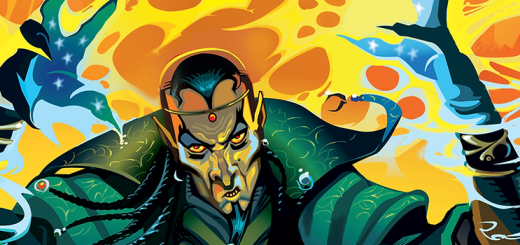Dying Light: The Beast's Titular Mode Is the Series' Best Insurance Policy Yet
Dying Light: The Beast is not only a great step back to what made the series great to begin with, but its titular mechanic, Beast Mode, is one of the highlights of the whole experience. Rooted firmly in the game’s narrative, Beast Mode sees its protagonist, Kyle Crane, occasionally turning into a ferocious version of himself with increased strength and agility — a result of horrific experiments performed on him for 13 years by the Baron. As players make progress in Dying Light: The Beast‘s story, they will encounter dangerous Chimeras whose blood can make Crane’s Beast abilities even stronger.
The mechanic works very similarly to God of War‘s Spartan Rage and other game modes, where players can briefly make their character stronger after filling up the meter required to do so. What makes Dying Light: The Beast‘s Beast Mode special, however, is that the game is somewhat named after the mode, and yet it functions more as an insurance policy than a central part of combat. It’s a burst of power when it’s needed most, and it blends perfectly with the game’s themes of a man trying to control the rage within him.
Dying Light: The Beast's Beast Mode Finds Power in Restraint
A Burst of Power When It's Needed Most
Like its predecessors, Dying Light: The Beast can be challenging at times, especially when players neglect to watch their footing or are reckless in their wanderings. It’s easy to get surrounded by infected when players aren’t aware of their surroundings, both visually and audibly. But it’s moments like these where Dying Light: The Beast‘s Beast Mode truly shines. It’s not always available, as players need to deal and take enough damage in order to fill their Beast Mode meter, but that’s a lot easier to do when surrounded by infected who relentlessly lunge at Crane.
Until players unlock the Beast Control skill after defeating enough Chimeras to do so, Beast Mode will automatically trigger once the meter is filled, but this is precisely why the mechanic fits the narrative so well. While Dying Light: The Beast is a revenge tale, it’s also a story about a man who is struggling to control the beast within him, so the fact that it’s uncontrollable at first but eventually becomes something players can intentionally use when necessary is a reflection of that journey. Here, the game’s titular mode shows power in its restraint rather than its frequency of use.
Balance Keeps the Mode From Overstaying Its Welcome
It’s really how balanced the mode is that makes it more of an insurance policy than something players can use often. Since the only way to fill the meter is by dealing and taking damage, players can’t just sit on rooftops and wait for the Beast Mode meter to fill in the same way that one of Destiny 2‘s Supers do. Instead, they are encouraged to put themselves in harm’s way if they want to take advantage of the mechanic, and even when their Beast Mode meter does fill, they might prefer saving it for when it’s needed most — like when they’re on the brink of death or facing one of Dying Light: The Beast‘s Chimeras.
It’s interesting that Beast Mode, which Dying Light: The Beast is partially named after, wouldn’t have more prominence, but it’s also executed perfectly from a gameplay standpoint. For one thing, it keeps Crane from being something of a superhero in the middle of the zombie apocalypse, but it also ties in well with the game’s narrative by showing him transform during its most intense moments, as opposed to all the time. In a way, Dying Light: The Beast‘s Beast Mode is like Marvel’s Hulk, with Crane becoming the Beast when he becomes enraged. But that means the mechanic doesn’t ever overstay its welcome, and the flow of gameplay and immersion is better for it.


